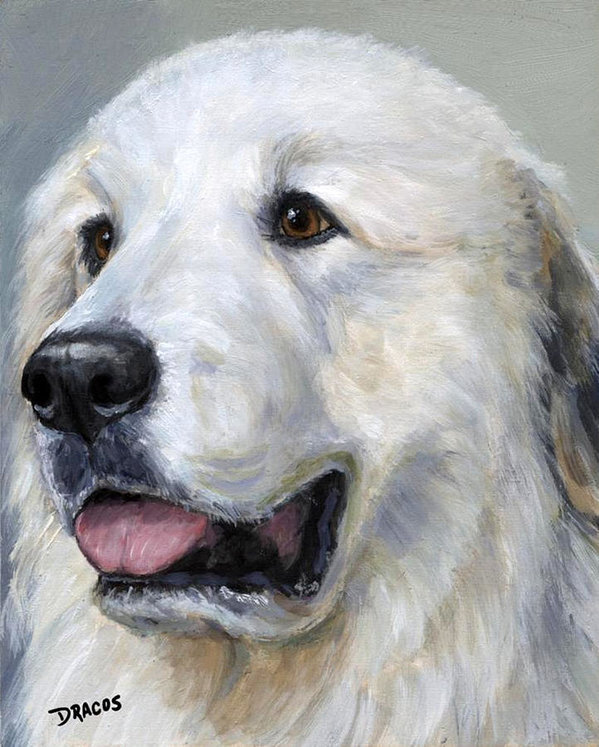
If you are not a word smith, dog geek, or someone who appreciates nuance, we might suggest that you not read past the point of no return. That point is right here.
Still with us? Pull up your waders, we’re venturing into the tall weeds with the caveat that the word in question (“fill”) is subject to interpretation, and this one is ours.
Many breeds are described in their standards as having some aspect of their conformation being “filled in.” A Pyrenean Shepherd is well-filled-in under the eyes; A Bearded Collie’s pigmentation should be completely filled in with no sign of spots. The space between a Whippet’s forelegs is filled in so that there’s no appearance of a hollow between them. The Lakeland Terrier’s muzzle is strong with a “straight nose bridge and good fill-in beneath the eyes.”
Not too many breed standards use “fill” as a noun, but the Australian Terrier’s does: “Muzzle – Strong and powerful with “slight fill under the eyes.”
When referring to a certain area of a dog’s face, “fill” as a noun offers a nuanced difference from the term, “filled in,” that is difficult to pinpoint. Using the Lakeland Terrier as an example, a show judge may run her hand down the skull of a Lakeland Terrier, over the dog’s eyes and down its muzzle to evaluate adequate “fill” in the dog’s head. In English, the judge is looking for a fullness beneath the dog’s eyes, and ascertaining that this area of the dog’s face isn’t chiseled. The Nederlandse Kooikerhondje AKC standard describes the very same thing, but its wording refers to a muzzle that is “well filled under the eye. “Filled in” implies a bit more substance than “fill.”
If you haven’t already gotten numb from reading what some might call “minutiae” about “fill” versus “filled” or “filled in,” read on.
We’ve found that while the word “fill” as a noun may not appear in many standards, the word itself is often used by fanciers and in judges education and illustrated standards because it’s so descriptive. The Illustrated Standard for the Great Pyrenees, for instance, refers to a correct skull as having a smooth wedge shape with sufficient fill under the eyes. In other breeds, if the Zygomatic arch under the eye is insufficient, the dog is said to be “lacking fill under the eye.”
Fill. It’s a wonderful word to use when describing a part of a dog’s head, a difficult one to explain to newbies, and a tricky one to replace with another word that explains a fullness of bone under the eyes as adequately as “fill” does.
Image: Great Pyrenees by Dottie Dracos
www.etsy.com/shop/DottieDracos
http://dottiedracos.blogspot.com
http://fineartamerica.com/profiles/dottie-dracos.html
